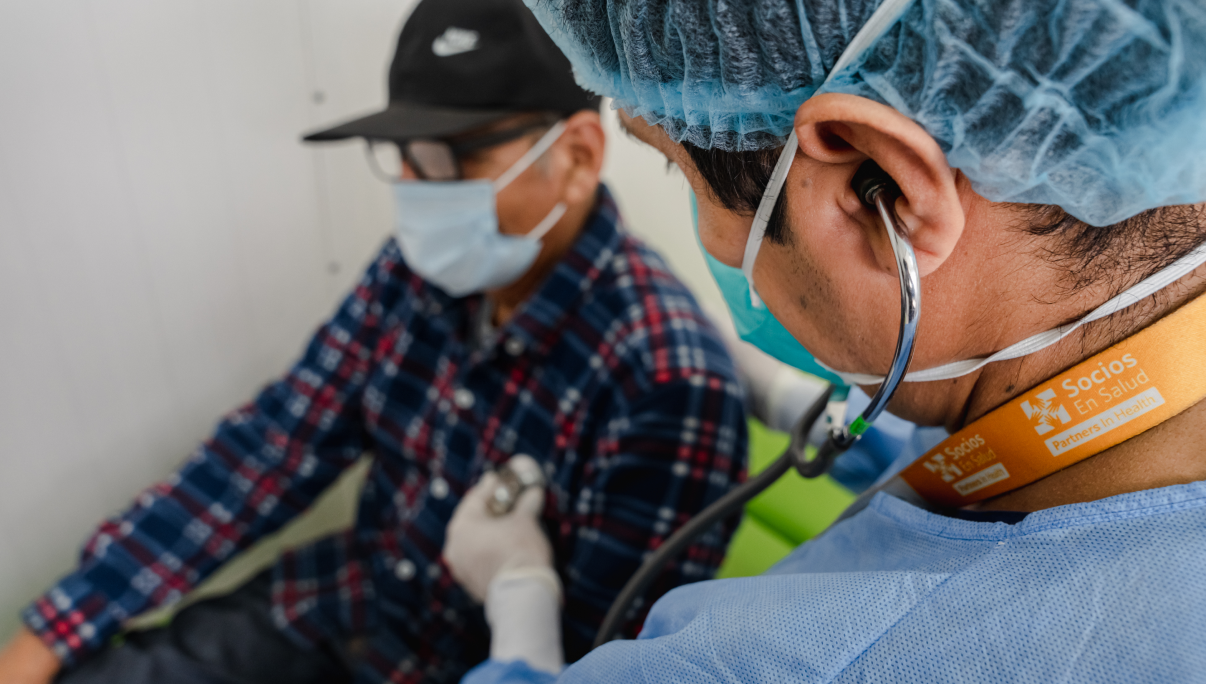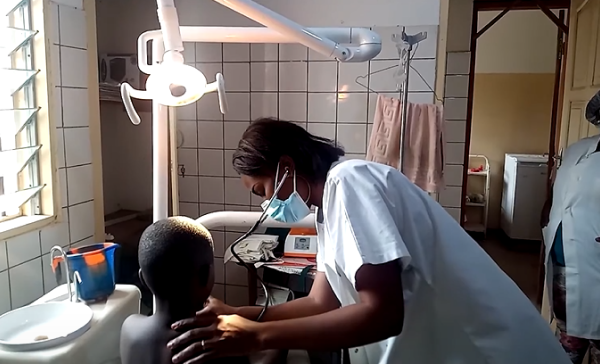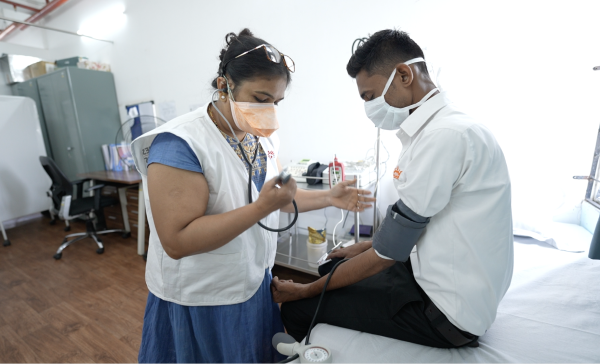Tuberculosis (TB) is the world’s leading infectious disease killer, responsible for 1.6 million deaths a year. New tests, medicines, and preventive therapies can turn the tide on TB, but their impact will be limited if we do not urgently address the access barriers that stand in the way of getting these lifesaving health products to the people who need them.






















